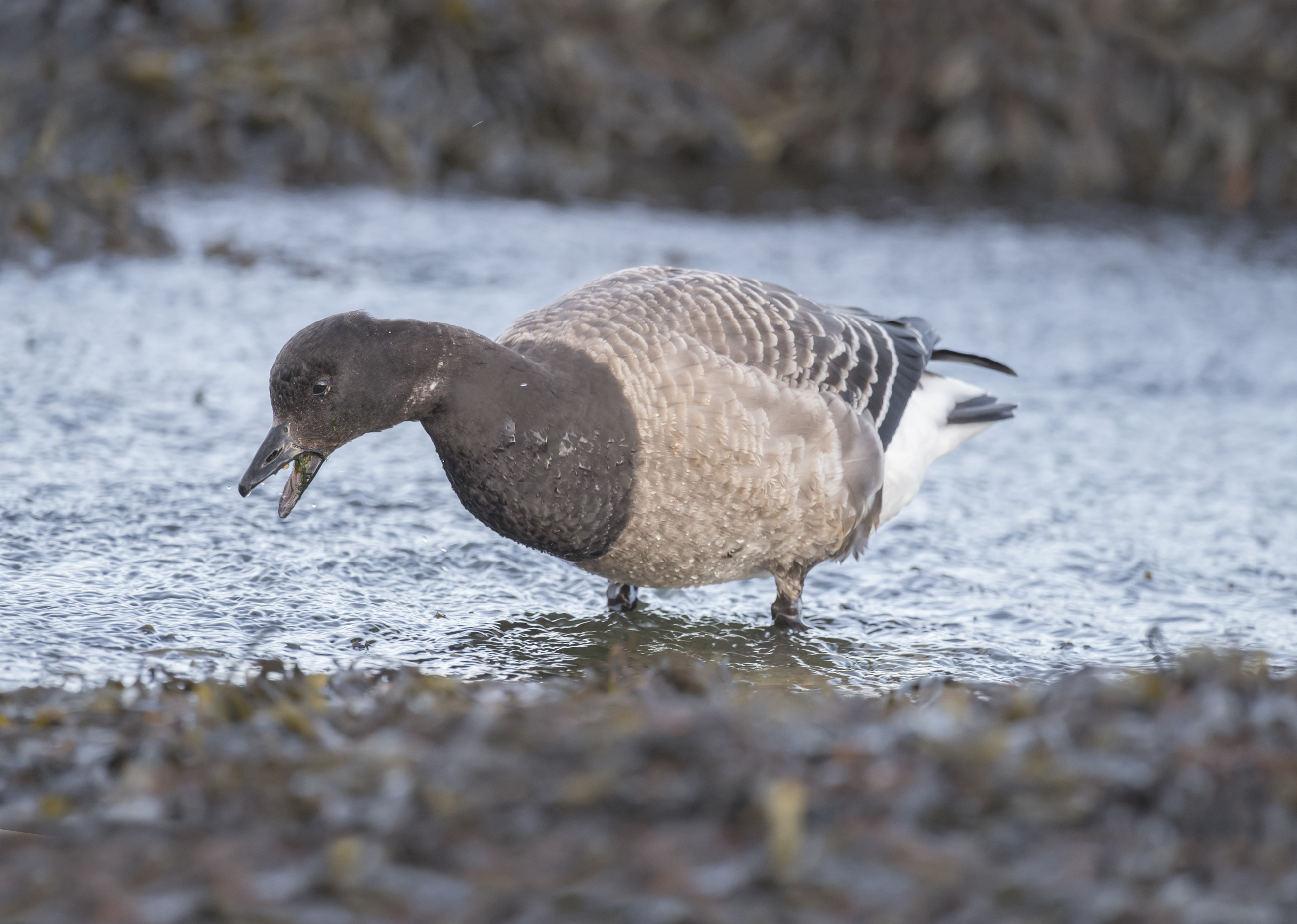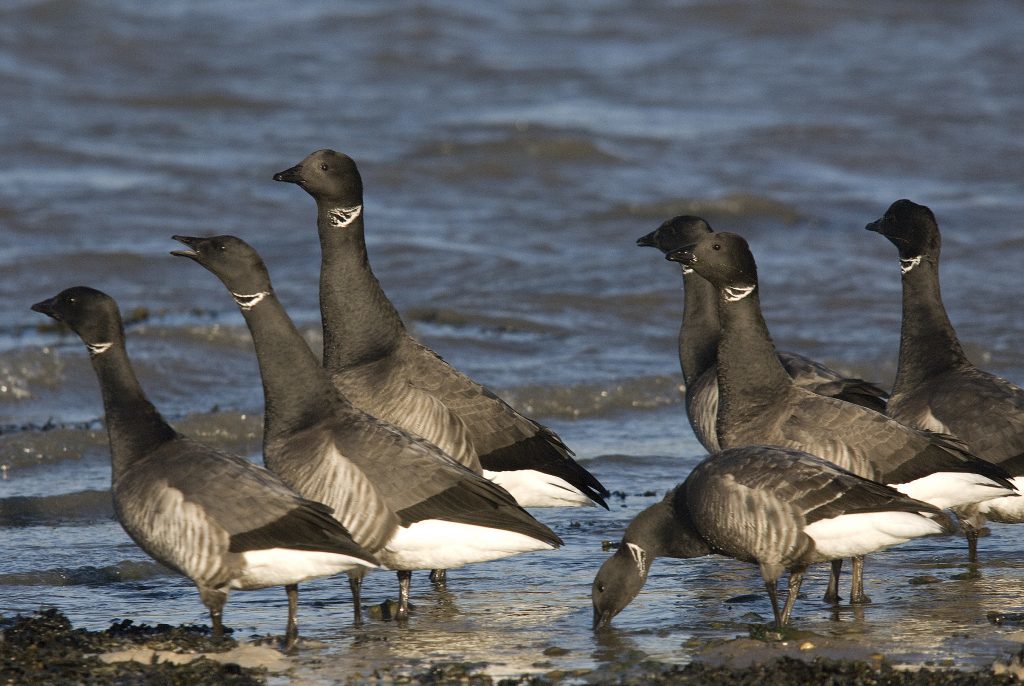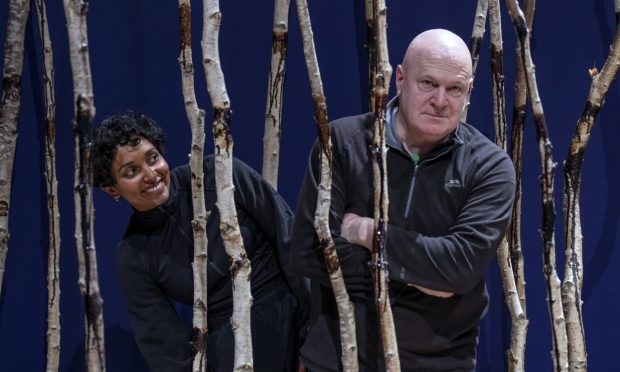The cold northerly breeze blowing across the Eden estuary was making my hands numb, but I was reluctant to put my binoculars down because I had just spotted a small group of brent geese.
Looking a bit like robustly built ducks, I was thrilled to see these little dark geese because they are rather uncommon visitors to Scotland. However, the Eden estuary in north-east Fife is a well-known hotspot for brents and small numbers regularly winter here, with the shallow tidal waters providing plenty of food.
Studies have shown that most of the brents that winter in this part of Scotland come from the icy archipelago of Svalbard to the far north of Norway or even eastern Greenland. But those that migrate down the Scottish west coast are breeders from the Canadian Arctic – truly incredible transatlantic migrants.
I just love estuaries and the Eden is as good as it gets, with a vast array of wading birds thronging the seaweed-flecked mudflats during my visit last week. The constant burbling of curlews carried far in the wind and there were oystercatchers, redshanks, dunlins, godwits, grey plovers and shelduck too.
In some ways it is a rather incongruous place, wild and empty for the most part, yet back-dropped by the industrial units and buildings at Guardbridge and the nearby Leuchars military base.
As is my habit when out walking, I looked down to my feet. The mud that clawed at my boots was patterned with the empty half-shells of cockles and small clams called tellins, a sure sign of the abundance of life held within the glutinous gloop below. There are mud shrimps and polychaete worms in abundance in this inner section of the Eden estuary and so much other life too.
The figures are quite astonishing. A square metre of good honest Scottish estuarine mud is home to tens of thousands minute shrimps, snails, ragworms and clams. Few other environments can match such richness, which makes a typical estuary many more times productive than a farmer’s cereal field.
As I made my way along the edge of the Eden shoreline, I could see a small group of cormorants resting on a mudbank by the main flow of the river. As the tide flows in, flounders will nudge their way up the rapidly filling channels to feed upon the scores of molluscs, crustaceans and worms. These flatfish will in turn be preyed upon by the cormorants and other fish eating birds such as mergansers.
In effect, this estuary is a two-way food conveyor belt with the river water flowing out to the sea and the infilling tide bringing marine richness back in. It is a natural smorgasbord, a vast muddy acreage just oozing with life. This is such a compelling landscape, a place of wide horizons and wheeling flocks of waders.
The kind of place that reinvigorates the soul and encapsulates the wonderful wildness of nature.
Info
Greylag and pink-footed geese also often use estuaries as convenient and safe places to roost, the vast open expanses making it difficult for predators to approach without being detected.











